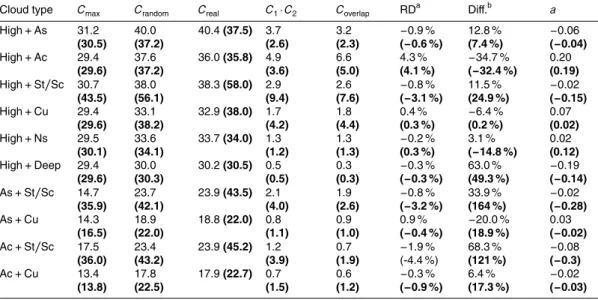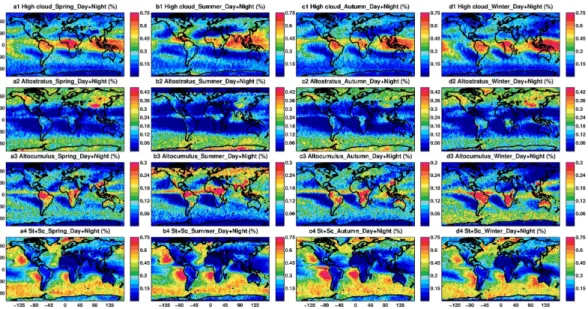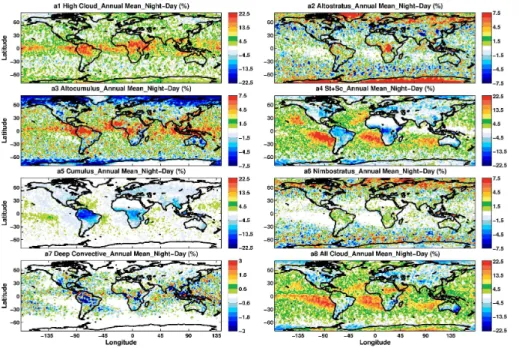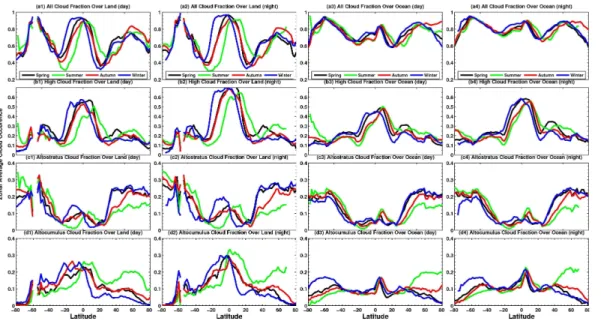Distributions and radiative forcings of various cloud types based on active and passive satellite datasets – Part 1: Geographical distributions and overlap of cloud types
Texto
Imagem

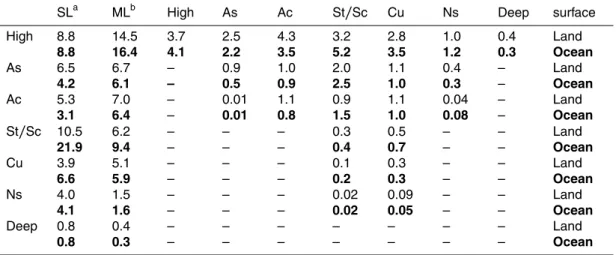
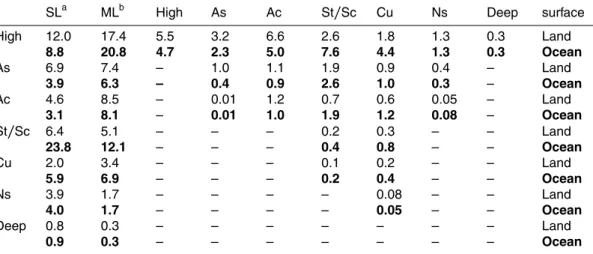
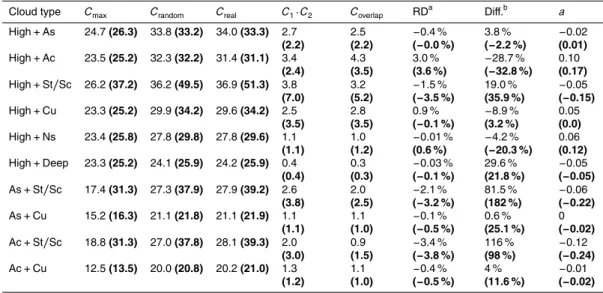
Documentos relacionados
These types of processors pools are integrated to analyze the performance of the proposed optimal resource allocation technique (ORAT) for green cloud computing based on
A nucleation scavenging scheme that diagnoses cloud scavenging ratios for aerosol mass and number distributions based on cloud droplet and ice crystal number concen- trations has
In order to study the sensitivity of this eect on the radiative characteristics of the ice cloud, two types of additional ice clouds were modelled: cirrus and contrails, the
Schematic view of the cloud slicing technique (not to scale): (a) two above-cloud NO 2 column measurements at di ff erent cloud scene pressures (blue: column with lower scene
It is shown that subgrid treatment of cloud activation and autoconversion of cloud water to rain reduce the impact of anthropogenic aerosols on cloud properties and thus reduce
The satellite cloud parameters cloud top height (CTH) and liq- uid water path (LWP) are compared with ground-based CTH obtained from a cloud mask created using lidar and radar data
di ff erences due to cloud parameterization schemes, in CTL and MAC, the other is the influence of aerosol activation and associated cloud particle numbers and sizes; how- ever, the
Based on 8 years of (January 2008– December 2015) cloud phase information from the GCM-Oriented Cloud-Aerosol Lidar and Infrared Pathfinder Satellite Observation (CALIPSO) Cloud
